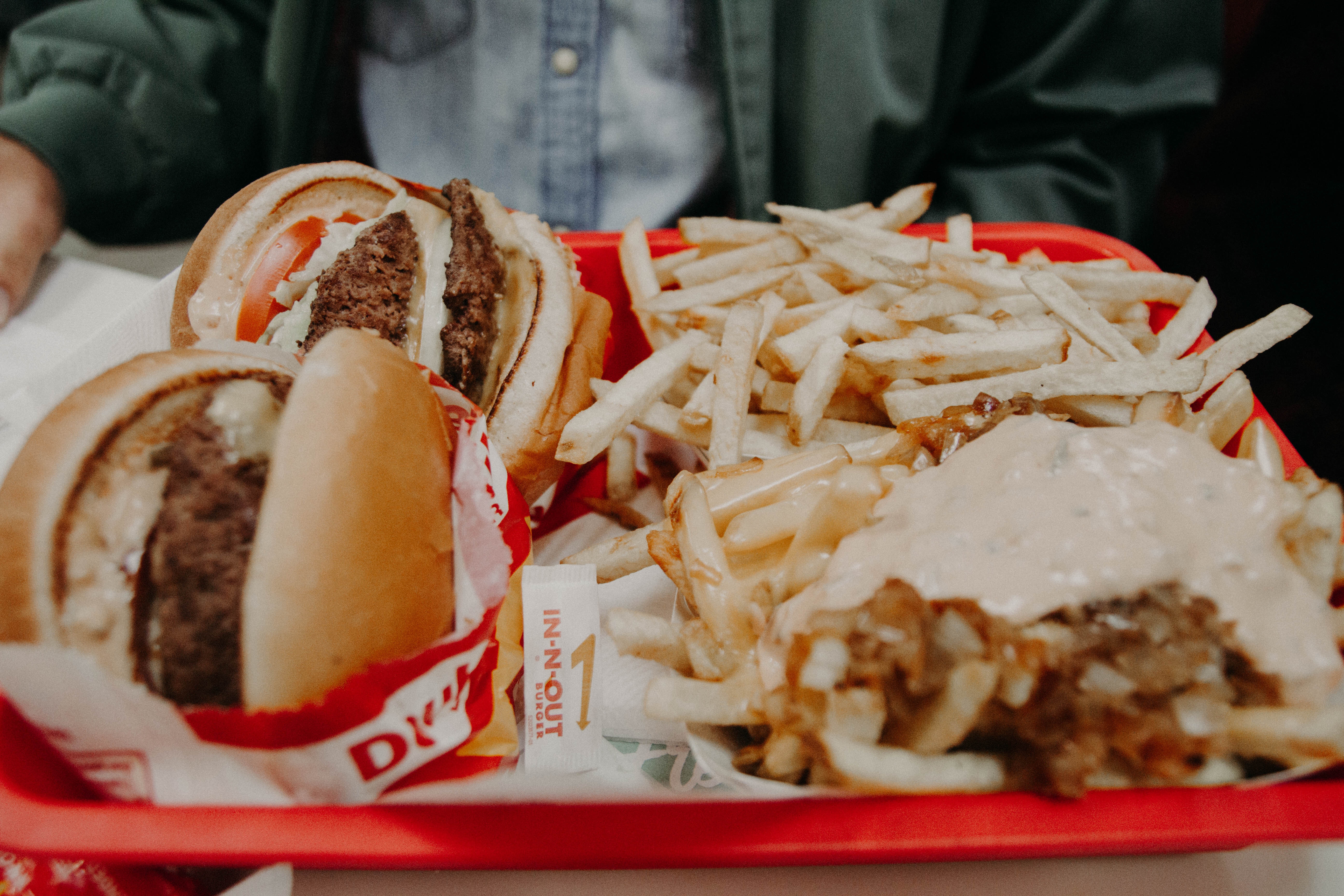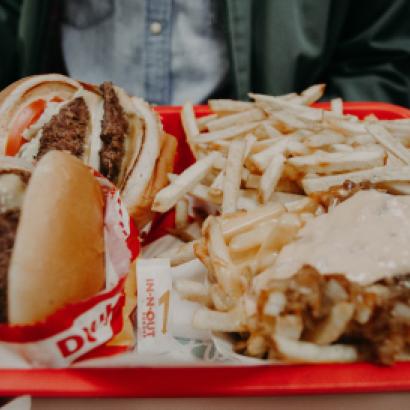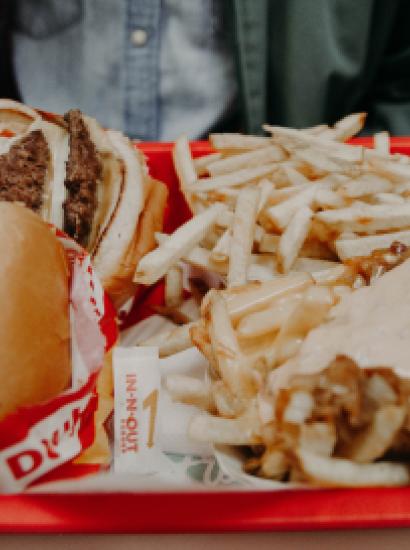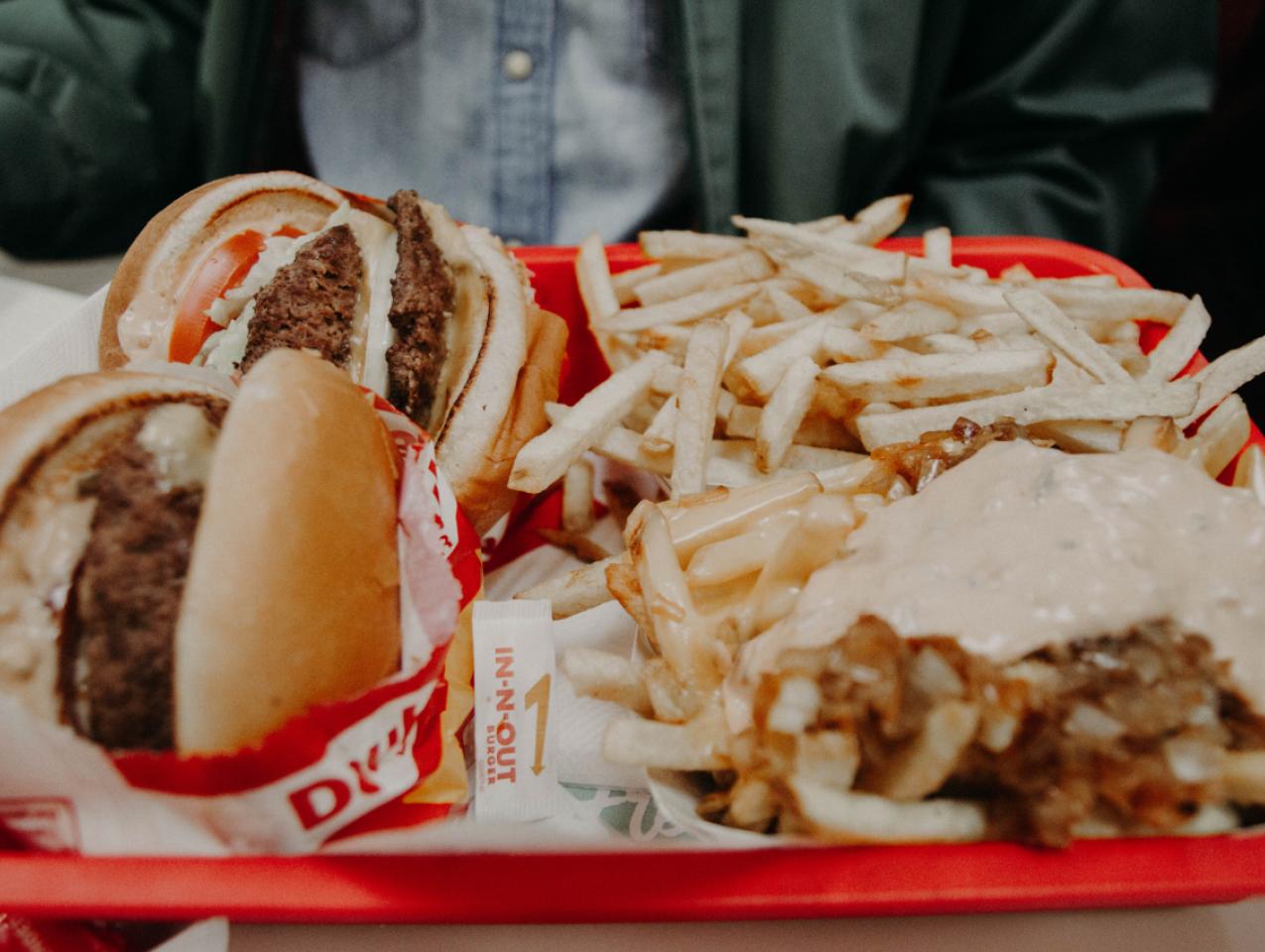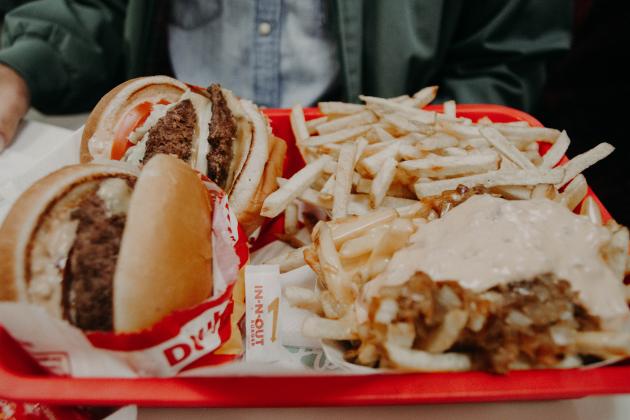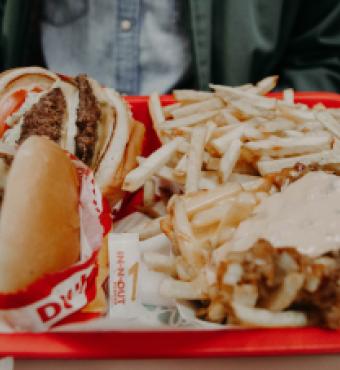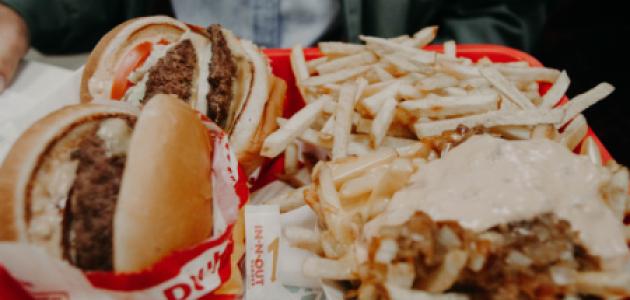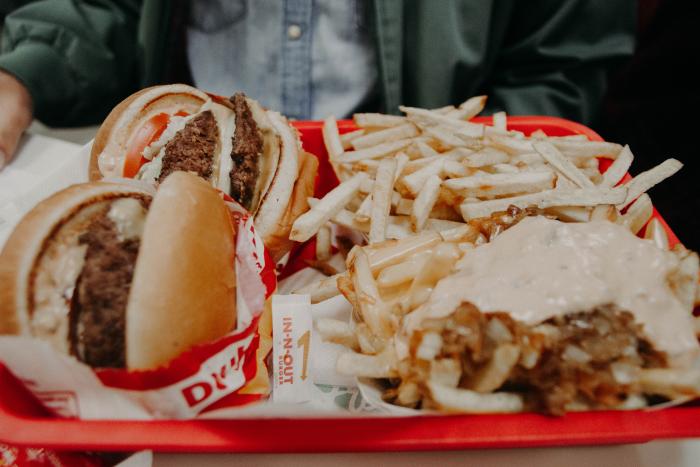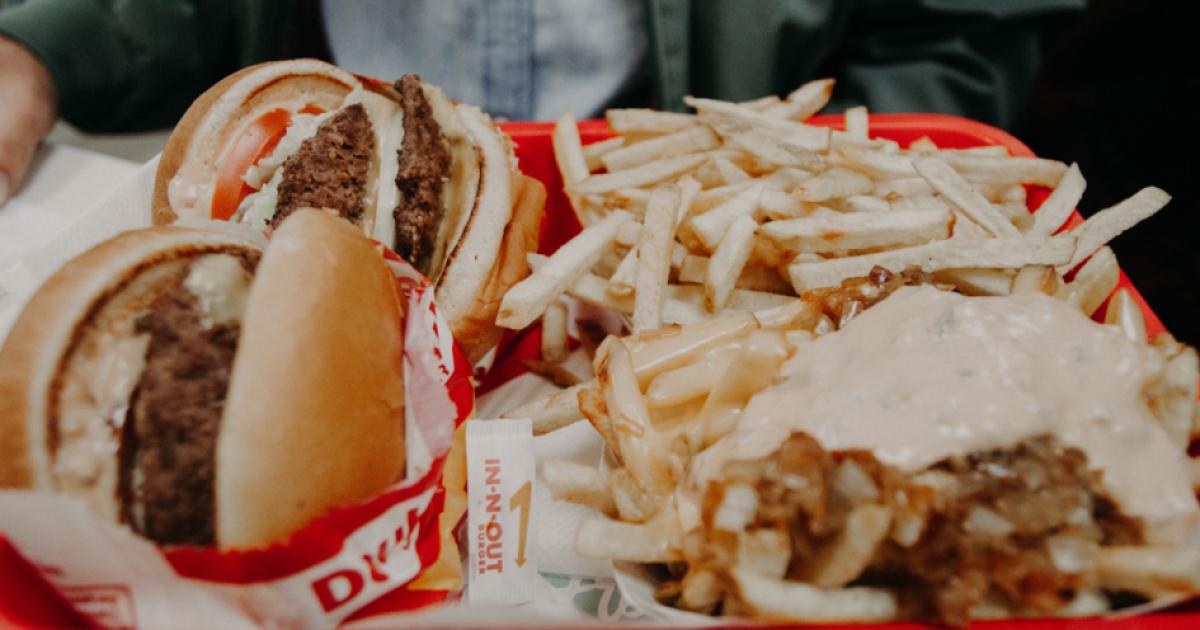- Economics
- US Labor Market
- Energy & Environment
- Science & Technology
- Politics, Institutions, and Public Opinion
- State & Local
- California
In 2022, California’s minimum wage will rise to $15 per hour (by 2023 for businesses with fewer than 25 employees), including restaurant workers. As one California food wholesaler, who services a number of restaurants, told me, “Get ready for the $25 lunch burger at your favorite decent, non–fast food restaurant.”
He is exactly right. And because the $25 lunchtime burger is a non-starter, this means that the California restaurant industry will be turned upside down over the next three to four years, with significantly more automation and with changes in tipping practices for servers.
This matters not just for the restaurant industry and its workers but also for the state, because the restaurant industry is large, with about 1.56 million California jobs in food-service and -preparation occupations.
The restaurant industry is a relatively low-profit-margin business. Net margins range from about 2.5 percent for the “fast food” industry segment, to about 6 percent for the segments known as “fast casual food” (Chipotle, Panera Bread) and “full-service restaurants.” All of these margins are below the average return on capital in the US economy.
These low margins mean that there just isn’t a lot more juice to squeeze out of the restaurant orange to cover labor costs resulting from a higher mandated wage. The normal economic forces of supply, demand, and competition mean that the California restaurant industry may become unrecognizable in a few years, with much more automation and with potentially very different personnel practices.
Automation is already rapidly occurring in the restaurant business. Would you believe a robotic kitchen? Check out Spyce in Boston. Created by former MIT students (yeah, go figure . . .), Spyce produces six really tempting bowls priced at $7.50 per bowl by having customers order from an electronic tablet and having the food cooked by robots.
Where are the humans? You think these guys need any humans? At this time, they need only a few humans. A person or two performs food preparation jobs that robots cannot (yet) do, and a facilitator helps customers if needed.
Ironically, Spyce’s unique menu (you won’t find any porterhouse steaks from flatulating cows there), which includes trendy vegan options and plenty of international cuisine influences, will be right up the alley of those state- and national-government lawmakers who are busy advocating for higher minimum wages to help out “working-class families.”
Boston, the location of Spyce and its robotic kitchen, is certainly an expensive city, but not as expensive as San Francisco, which may have the highest citywide business rents—and the highest level of business regulation—in the country. So how is technology affecting food service in the City by the Bay? Check out Eatsa. Take a look at the photo on their website. It looks like something out of The Jetsons, the futuristic TV cartoons from the 1960s. Most of the humans you see in the photo are those buying their food. Customers order on kiosks, and their food is produced by machines, travels down a conveyor, and is delivered to a small cubby. Eatsa one-ups Spyce in economizing on their use of labor, as customers may not interact with any humans whatsoever during their Eatsa experience.
Meanwhile, Café X, a San Francisco coffee bar, is economizing on labor by utilizing a robot barista. Look at the photos—do you see any humans working there? And how long do you think it will be before this technology moves to Starbucks and the Coffee Bean and Tea Leaf? If they want to, the major coffee bars will almost certainly be able to implement this technology in all of their stores before the higher minimum wage takes effect.
Even the time-honored California-classic job of burger flipping (recall that McDonalds began in California) is at risk. Meet “Flippy”, the robotic arm that grills burgers, monitors burgers, and places them on buns. And if Flippy can easily flip burgers, it most likely can flip, monitor, and serve anything else that is cooked on a flat, greased, grill with just a bit of software reprogramming.
Automation will have a smaller effect in full-service and fine-dining establishments. But this doesn’t mean that the higher minimum wage won’t have an effect on these restaurants—it will just be different. One effect will be that the practice of tipping will change. Diners will no longer be willing to add 15 to 20 percent to the cost of their meals.
Current tipping practice almost necessarily must change, as otherwise the entire restaurant wage structure will need to change enormously. The web-based recruiting service ZipRecruiter currently lists more than 30,000 jobs for restaurant managers—the people who hire and supervise servers and organize schedules. The average salary of a California restaurant manager is currently less than $47,000 per year. It would not be feasible for the supervisors of wait staff to make so much less than those whom they supervise. With a $15 minimum wage, I would expect the standard tipping percentage to fall from the current 15–20 percent to 10 percent or even less.
It is impossible to predict how many food-service jobs will be lost due to the state’s higher minimum wage, because we don’t know how fast technology will evolve over the next four to five years. But what we do know is that artificially high labor costs are driving technological change to replace the occupations in which the cost of labor exceeds the value it creates. It is hard to imagine that this will not cost at least 30 percent of current employment in this industry—roughly 500,000 fewer jobs than there otherwise would be in five years.
It is unfortunate that the state and national legislators who conceive and pass job-killing legislation don’t know the basic economics of supply, demand, and competition. If they did, we would have much better economic policies, and more—not fewer—high-paying job opportunities, particularly for young people who have not yet had the chance to build their job skills and experience. These are the people who will disproportionately suffer.







